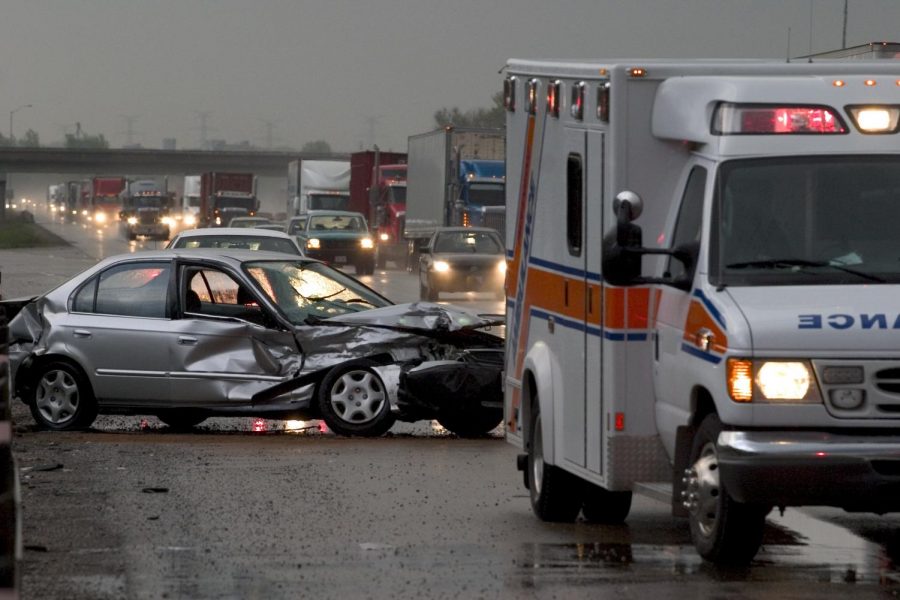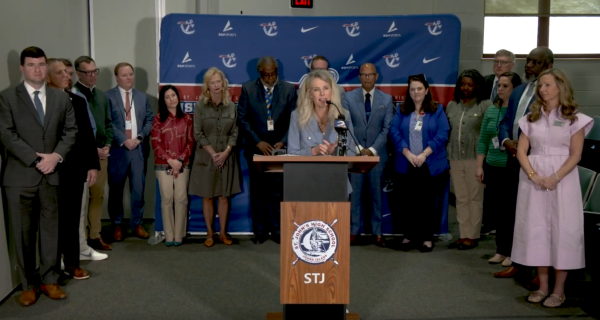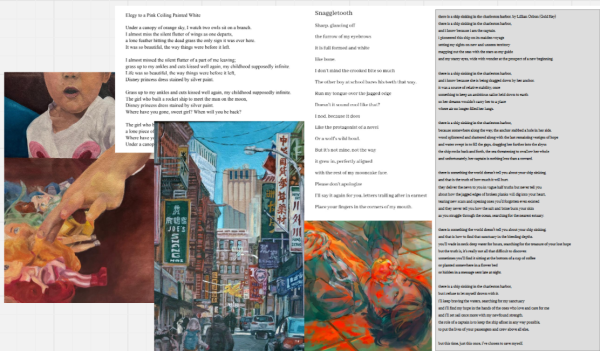Deaths on U.S. Roads Remain Near 10-Year High
Motor-vehicle crashes result in one of the leading causes of death in America today, and the leading cause of death for Americans under the age of 40. According to the National Highway Traffic Safety Administration (NHTSA), over 41,000 people died in traffic related incidents in 2017, a slight uptick from 2016 and a 10-year high. This comes even as cars are getting safer and safer each year, with more self-driving and self-monitoring features being available on entry-level, affordable new cars. According to the NHTSA, over 20% of cars manufactured for the 2017 model year came with a suite of safety features, including lane keep assist, forward collision warning, automatic braking, and adaptive cruise control. These vast improvements in the newest cars on the road would lead to the assumption that less people are dying and driving is getting safer, which the NHTSA shows is not true.
According to the National Safety Council, a nonprofit organization in Illinois that studies traffic deaths, the same things that have been killing drivers in America for the past 20 years are continuing to do so today, even with the increased safety in cars. Alcohol, unsafe speeds, and not wearing a seatbelt played a role in over half of all traffic deaths in the U.S. in 2017. The data also show that more vulnerable road users, such as pedestrians, motorcyclists, and young drivers are at a much higher risk of death on the road today than over the past decade.
While these common themes for traffic deaths remain unchanged, the era of the smartphone has led to a vast increase in distracted driving. Many analysts and automaker executives have pointed to the role smartphones and distracted driving are playing in traffic deaths, and are actively working on ways to limit the use of these devices when on the road. This includes newer cars being outfitted with bluetooth connectivity and voice commands aimed at keeping drivers’ hands on the steering wheel and eyes on the road.
Another major factor that lawmakers in Washington discussed Wednesday was the legalization of marijuana and the opioid crisis, and how this affects lives on the road. Many lawmakers presented data that drugs play a larger role in traffic deaths than alcohol does, with states that have legalized recreational marijuana seeing an uptick in traffic deaths. The NHTSA’s de facto chief Heidi King said, “We know that many people switch between use of alcohol and illicit drugs, or consume them together, and we need to consider both.”
When compared to other wealthy, developed nations, the U.S. has much higher death rates on the roads. According to the Organization for Economic Cooperation and Development (OECD), there were 105 traffic fatalities in the U.S. per million people, compared to 29 per million in Germany and 44 per million in the United Kingdom. In order for the U.S. to catch up, drivers need to stop being distracted and inebriated while driving, and must drive safely.








